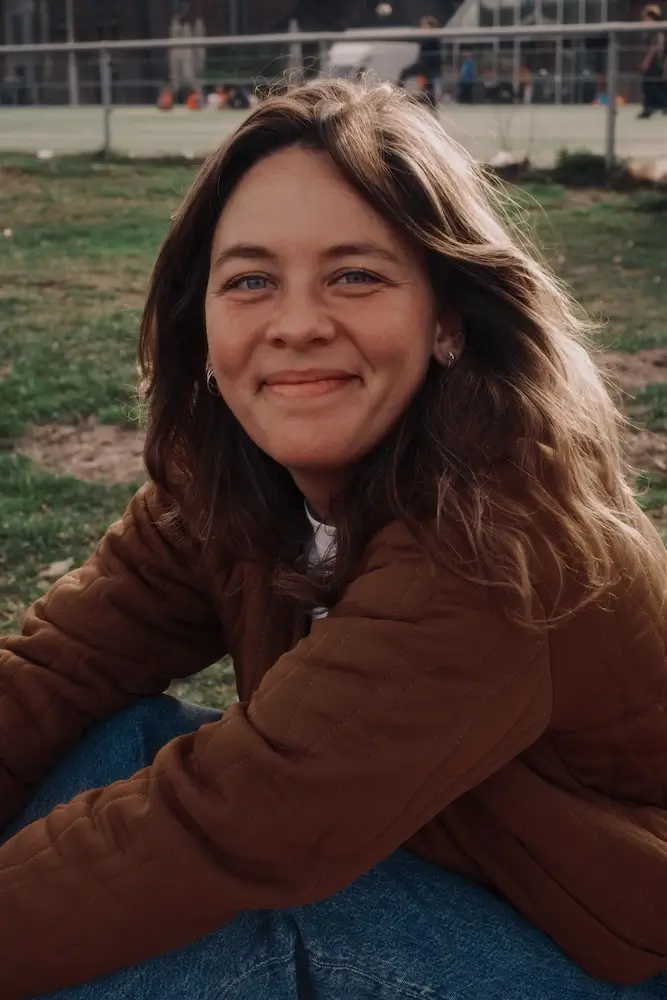Lotte Lisa Ekke is a self-taught photographer based in Amsterdam. She works without a fixed plan, capturing poetic and intuitive images using only natural light. She finds beauty in quiet, often overlooked moments, creating photographs that invite reflection.
Light is both her subject and her guide. Photography captures light, yet light itself has no sense of time—it moves in a constant now. Time only takes shape when light touches something, enters an eye, or sparks a memory. Ekkel’s images exist in that moment, where light and the world come together to create meaning.
Her compositions are precise and graphic, often with a painterly flatness that makes spaces feel abstract. She is drawn to in-between places, where time seems to pause and emptiness has a quiet presence. Her work explores the balance between what we see and what we sense, encouraging the viewer to slow down and notice fleeting beauty.
Saurabh Sirohiya is a graphic designer by profession and a visual storyteller by passion, specializing in travel, street, and documentary photography. Despite living with hearing and speech impairments, he has self-taught and mastered the art of photography, particularly excelling in capturing the raw and spontaneous essence of streets and journeys. Saurabh believes that while every frame tells a story, creating a story within a frame is what truly brings an image to life. With a deep-rooted passion for travel, he continues to explore and document the diverse cultures, rituals, heritage, and traditions of India through his lens. His work has earned him more than 550 national and international photography awards, and his photographs have been featured in numerous prestigious newspapers and magazines worldwide. In recognition of his artistic excellence, Saurabh has been honored with several distinguished titles and accolades, including: EFIP, EFIAP/b, C*MoL, A.APG, M.NPS, SSS/W, IIG/S4, IIG/P5, GM.APS, E.CPE, E.SSP, GE.APU, B.WPAI, BE.APF, ES.CPE, Hon.CPE, Hon.PESGSPC, GPA.PESGSPC, Hon.Fellowship.APG, Hon.Fellowship.APF, Hon.Fellowship.FBCA
